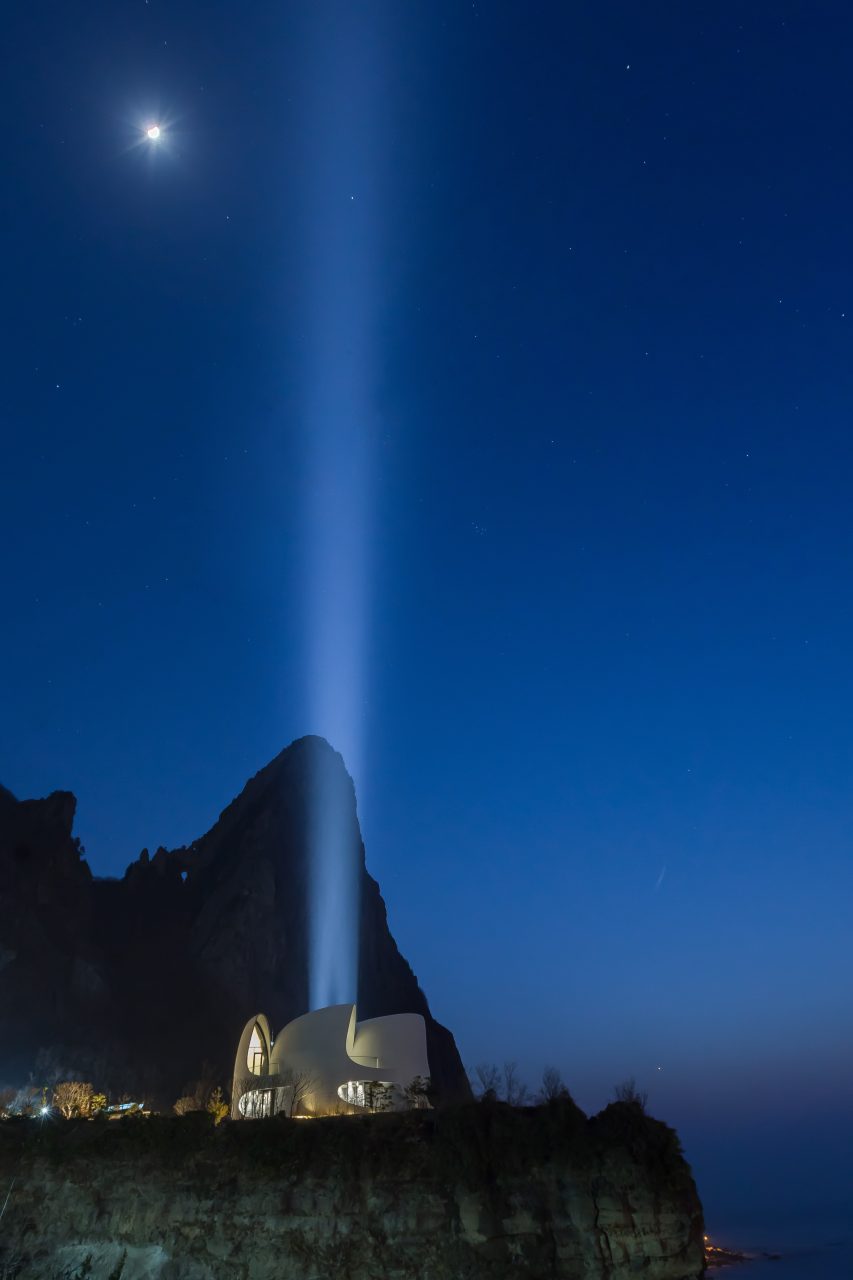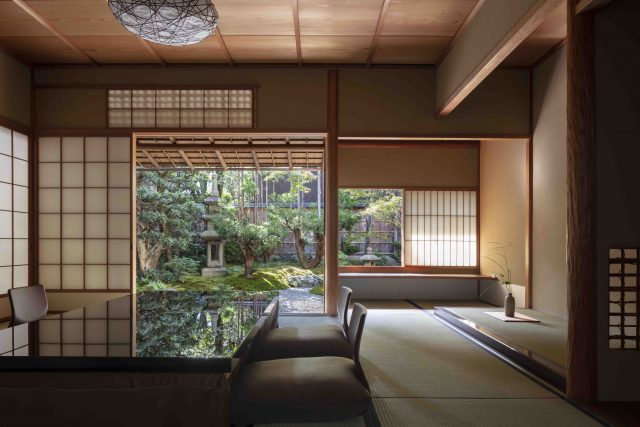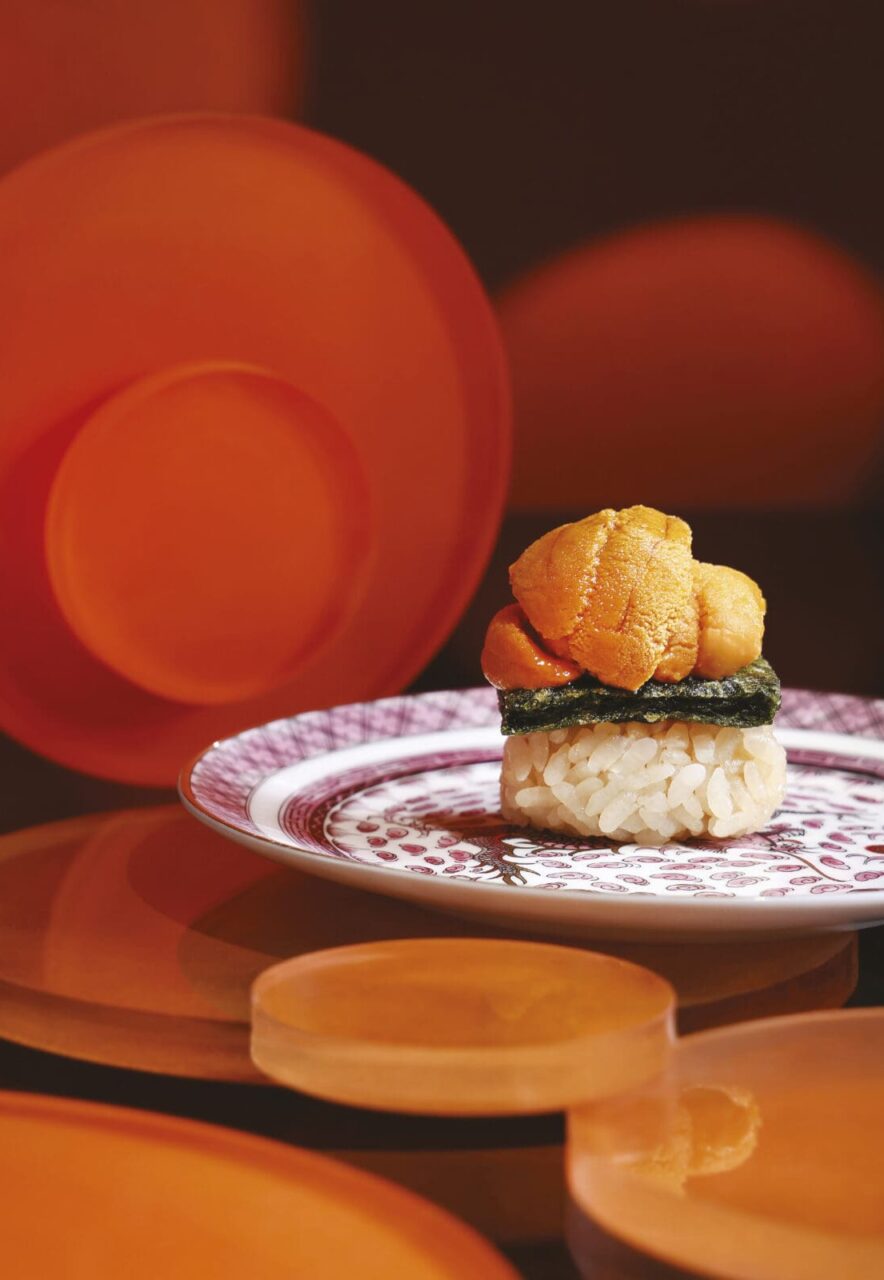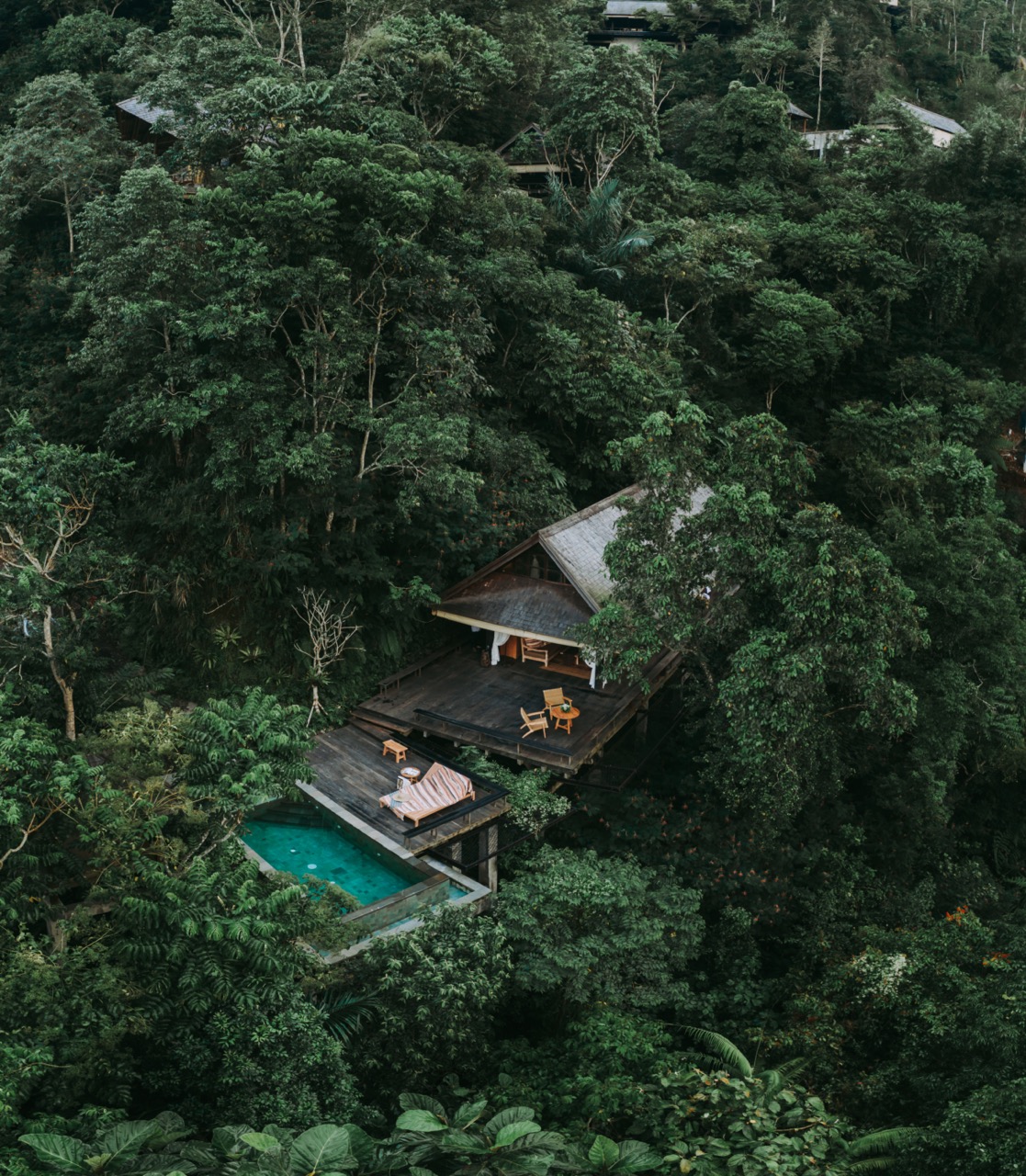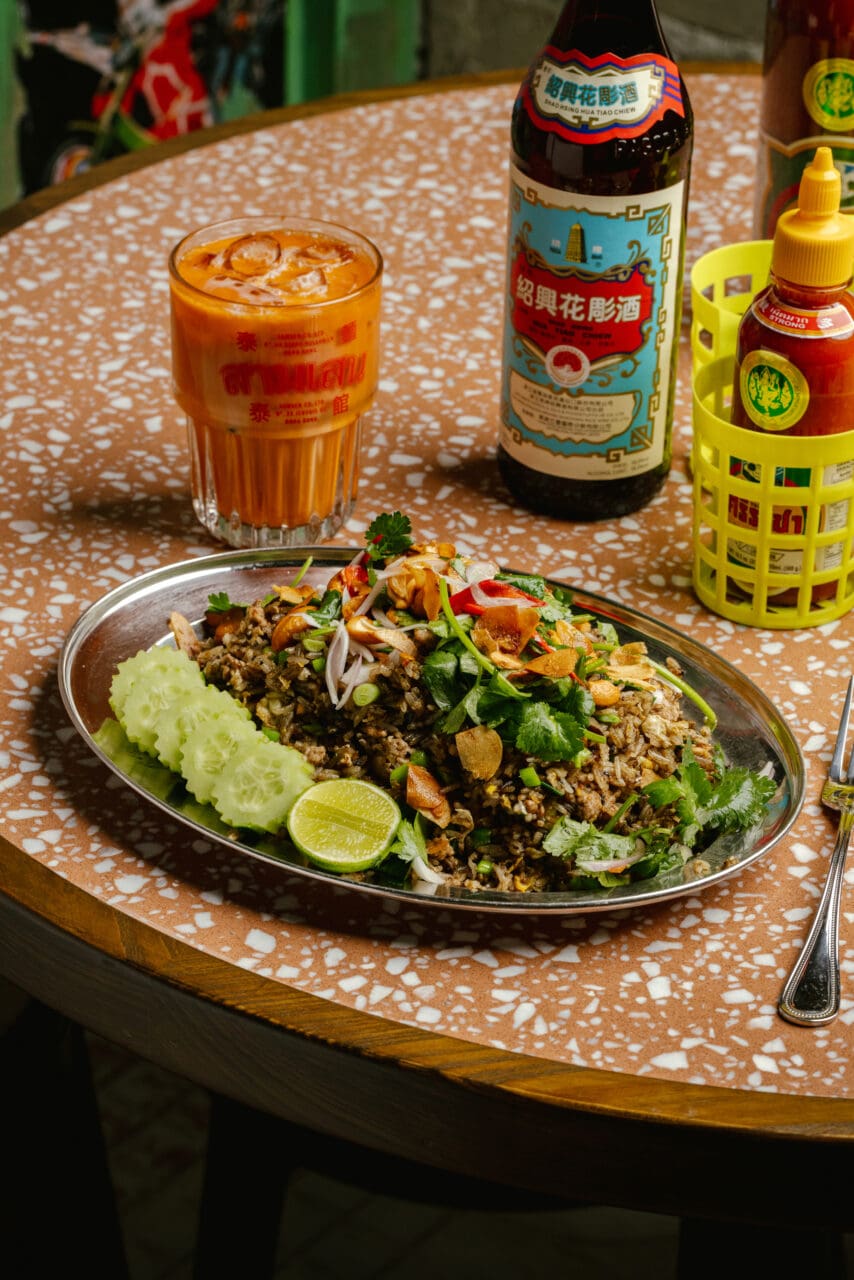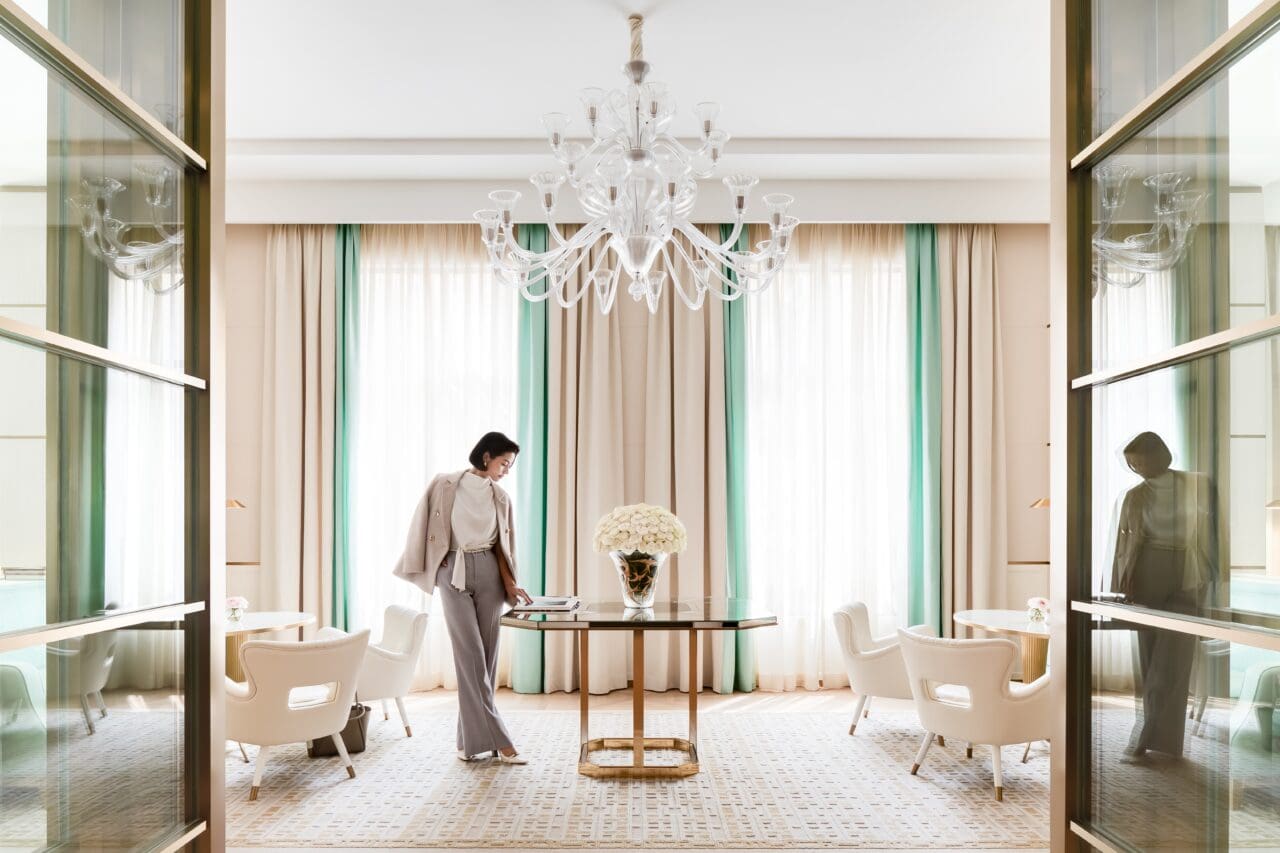Awon Museum & Hotel
Perched atop a hill in South Korea’s Wanju county is Awon Museum & Hotel, a breathtaking landmark that is as much a space for learning and enrichment as it is a cultural heritage site in itself. Architect Jeon Hae Gap relocated a 250 year old hanok – a traditional Korean house built in the 14th century – from South Gyeongsang to Wanju county, a rural area in North Jeollabuk-do province. The building was painstakingly disassembled and then rebuilt, which is uniquely possible thanks to the way that hanoks are crafted without any nails or adhesives. A concrete wing was added to the hanok at its new location in North Jeolla, which shortly transformed into the Awon Museum, complete with a gallery space and a cafe. The serene spot was featured in a video by singing and dancing phenomenon BTS, and has since become just a little more on the radar than it once was.
A mecca for all things history, culture and art, Awon also offers stays within their hanoks, allowing visitors to experience a night within a piece of history. Composed of an anchae (main house) and sarangchae (guest house), hanoks are uniquely created to meld into its natural surroundings, and are thus often built in more rural areas away from the hustle of the city. Offering a sense of calm respite, rooms look out into the rolling countryside and the hills that the hanoks are nestled between, while a nearby tearoom presents yet another means to reconnect and decompress.
Healing Stay Kosmos
A swirling structure that captures the regenerative ‘chi’ of sun and sea, sky and sand: this is Healing Stay Kosmos, a serene resort constructed within a volcanic archipelago on Ulleungdo island in South Korea.
Architect Chanjoong Kim of The System Lab studio was inspired by Kosmos’ namesake, the Cosmos, designing four planetary-themed villas that link guests to both the planets and natural elements like fire, water, wood and gold. Despite standing in sharp contrast to its surroundings, Healing Stay Kosmos functions in harmony with its environment, with spiritual and restorative touchpoints that allude to the power of the historic island, borne out of volcanic activities over two million years ago. The dining room features a bespoke oak tree table made by local designer Jeongsup Lee, while the bar floor is crafted from volcanic rock in homage to the surrounding landscape. Just outside is an infinity jacuzzi that uses water melted from snow stacked in Nari Basin, where guests are greeted with an expanse of sea that stretches as far as the eye can see.
The food, too, is a carefully constructed homage to Ulleungdo, featuring local produce and a host of seafood including the Island’s famed shrimp and cuttlefish. The Dokdo specialty Island shrimps are lightly steamed and served with Korean parsley oyster emulsion, salmon roe and lemon. Ulleungdo beef is another local staple, elevated at Kosmos Healing Stay through a thorough, 40-hours sous-vide preparation, before the short rib is served with red wine demi-glace, truffle potato puree and sauteed seasonal local vegetables.
Memory Maker
Sometimes the best discoveries are the hardest to find. The Memorymaker is one such example, where unassuming visitors may be surprised to find an almost brutalist structure hidden deep in the mountains near Nami Islands. Yet, the Memorymaker mirrors the core journey of traversing through an old Korean temple, where one has to pass through multiple gates and various other rooms before reaching the end of the temple. Despite this age-old approach, room layout and interior design offer a more contemporary finish.
The 12 rooms are fitted with private terraces and jacuzzis, replete with views of the endless Jangrak mountain range that is often shrouded in a whimsical misty haze. Each of the accommodation spaces are unique, with orientation and external views playing a significant role in the room layout. The distinct Bukhan river and Jangrak mountain range are visible from all rooms, while some spaces are even finished with kitchens, outdoor spas and private pools.
Editor
Carina Fischer